|

| |
|
x2x_small.jpg) |
Northernmost Piano
Pyramiden, the former Soviet workers’ paradise on the Norwegian
island of Svalbard. At 79° North, the most northerly settlement on
earth and thus home to the world’s northernmost piano, northernmost
bust of Lenin, northernmost Olympic swimming pool…
In 1980,
mining activity at Pyramiden was abandoned and only a token
population remains, both to maintain Russia’s right to operate in a
militarily significant location and to postpone their obligation to
reinstate the pristine wilderness were they to leave.
This
series is part of an ongoing project exploring the environmental
legacy of the Soviet Union. It is included in the Tbilisi
Photography and Multi-Media Museum collection and selected for the
Tbilisi Photo Festival 2020. |
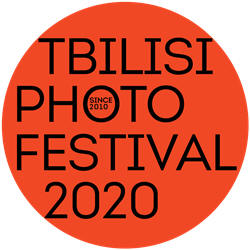

|
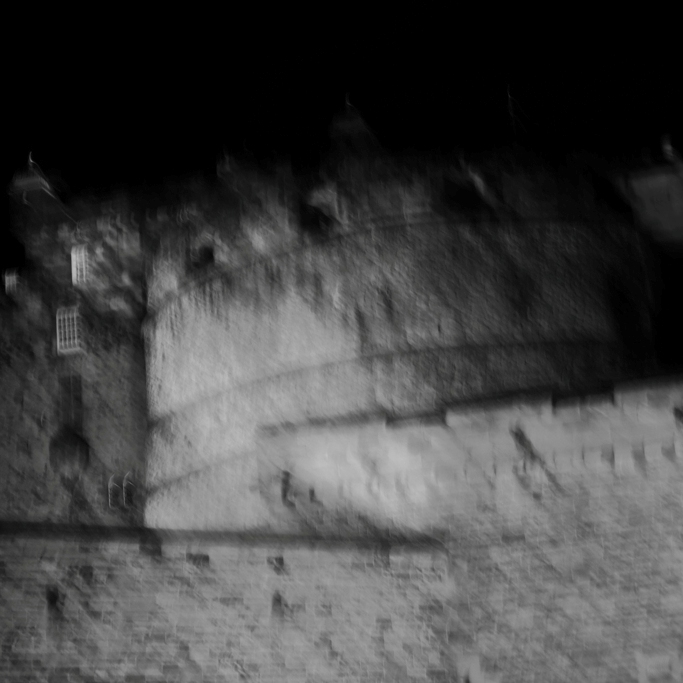 |
Not as I remember Scotland
Thirty years ago I left this country. They said
one day I would return; people always do.
They were right.
Loosely framed around the twenty five sites
described in Who built Scotland, this is as much about the
journeys to those places as it is about the places themselves.
Inevitably much has changed in three decades.
Whether that is Scotland or me, this was not as I remember Scotland.
Click icon on right for video
Click icon on left for still images |
 |
x1%20LR.jpg) |
About Georgia
A trilogy building on the three individual projects
featuring Georgia described below.
Each of these represents an aspect of Georgia reflecting the belief
systems of Soviet Communism, Paganism and Orthodox
Christianity respectively. The links here are to video versions of
each series.
-08x1_small.jpg) x1%20LR%20%20small.jpg)  |
|
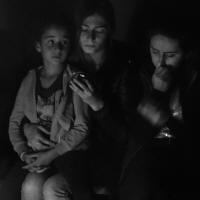 |
Beyond the End of the Road
Set in the wild, mountainous region of Tusheti in the
Georgian Caucasus. Bordering on Chechnya and Dagestan and cut off
from the rest of the world for eight months of the year, it is
hardly surprising that it retains much of its ancient social and
cultural structure. Until 1987, there was not even a dirt
track to access the region; today it has just a dirt track and
remains as remote, mystical and beautiful as ever.
This series was presented at the Tbilisi
International Photography Festival in September 2017.
Click logo for video of complete series |

 |
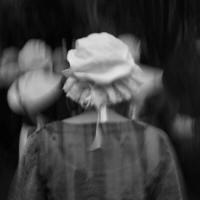 |
Isolation
2016 presented a sad indictment of modern society, as
two nations turned their backs on their neighbours and the rest of
the world in an ultimately selfish, isolationist gesture.
Three hundred and fifty years
ago, a very different motivation for isolation was demonstrated as a
community chose to separate itself from the world for the good of
their neighbours. In 1665, the bubonic plague reached Eyam, a
small, lead-mining village in Derbyshire. The villagers volunteered
to quarantine themselves. Three-quarters of the population died;
their neighbours survived. |
|
-08x1_LRsmall.jpg) |
Five Year Plan
Rustavi, one of Stalin’s megalomaniac schemes, is a
steelworks town constructed from nothing, in the middle of nowhere,
shortly after the end of the Great Patriotic War. It serves as a
metaphor for the futility of artificially imposed “ideal” planning
attempting to subjugate nature and the march of progress.
Within five decades, the
collapse of the Soviet Empire and with it, any notion of integrated
industrial policy, led to the demise of the principal source of the
town’s economy. Since the 1990’s, the population has shrunk by
almost half and of those that remain, two thirds are unemployed. |
|
x6_small.jpg) |
...for my days are nothing
A reflection on the impermanence of life and
mankind's attempts to create monuments in stone, set against the
enduring qualities in society.
Presented at the 2016 Tbilisi
Photography Festival. |
 |
xx_small.jpg) |
Snow Country
Isolated beyond the mountains of central Japan,
historically Yuzawa was an impoverished town whose exceptional
snowfall prevented the inhabitants from cultivating their fields for
most of the year.
The advent of the railway at the beginning of the
twentieth century brought affluent Tokyoites to enjoy, as Kawabata
so politely expressed it, “the delights of the hot baths, intended
for the unaccompanied gentleman”.
I was drawn to the town, not for its earthly
delights, but to experience the sense of isolation which endures
today, even with the advent of high speed trains.
This series is from 2016 |
|
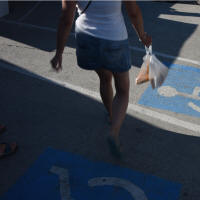 |
Indecisive Moments
An intentional reference to the obvious, and an
alternative interpretation of the Bouches-du-Rhône; not a flamingo
or horse thrashing the waves to be seen!
Originally produced and shown at the Rencontres
d'Arles Photography Festival in 2015, for copyright reasons this is
only a short selection from the series. |
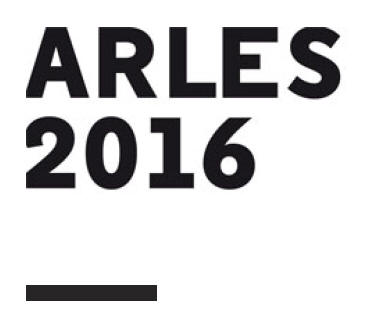 |
%20(123)_small.JPG) |
Floating World
Fantasy and illusion in modern Japan
To an outsider, Japan is a paradox, obsessed by
electronic gadgets, epitomised by the iPhone… and yet the youth
choose to dress up in traditional costumes whilst taking part in the
ancient tradition of “flower viewing”. But to them, there is no
paradox, no confusion of intent; both aspects, modernity and
tradition sit comfortably alongside one another.
These images of immaculately kimono-clad, selfie-snapping
youths show both sides of this reality, a floating fantasy, an
illusion of Japan the way I want it to be, the paradox resolved. |
|
%202_x_1_small1.jpg) |
State of Terror
Yemen lays claim to the longest continually inhabited
city in the world; bizarrely it remains in something of an aesthetic
time warp, where people dress as they have for thousands of years
and wander the streets with an unsettling array of weaponry.
Despite the seductive tourist images on the one hand, and the dire
warnings of Western media on the other, it is neither a bucolic
idyll, nor a sinister terrorist state.
This series is from 2008, before the current civil
war.
|
|
x_2_small.jpg) |
Another World
Dogon Country is today a dry and dusty landscape
bounded by a vast escarpment into which the people have constructed
improbable granaries, stores, burial chambers and homes overlooking
the plains below.
Inevitably a civilisation which practices various
forms of fetishism to determine the future and which claims to have
discovered the white dwarf Sirius B, invisible to the naked eye, has
raised all manner of speculation about their origins or early
contact with aliens.
As animists they endow inanimate objects, locations
and events with a presence in the spirit world, as much a reality to
them as the physical manifestation of rocks, bones and other fetish
objects. |
|
| |



|